On May 14, 2025, a CARINA lighthouse event was held in Blancas, Aragón (Teruel), organised by FACA and the Cereales Teruel cooperative, with support from Spanish Co-ops. Members of the cooperative had the opportunity to visit the CARINA field trial running under Task 1.4, aimed at assessing the adaptation and agronomic performance of Brassica carinata.
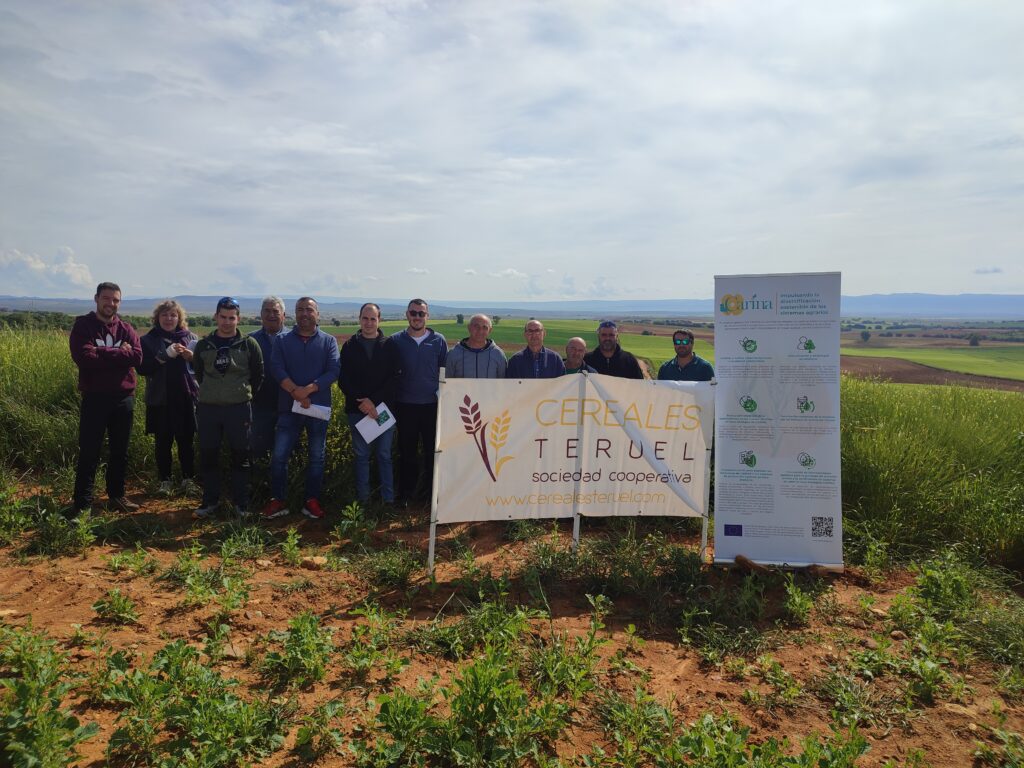
The trial was conducted in an arid/semiarid area with an annual rainfall of 300–400 mm. Located on a 2.54-hectare plot, the trial was divided into two sowing dates. Each sowing covered approximately one hectare: the first was sown on September 20, 2024, and the second on February 3, 2025, both at a sowing rate of 4 kg/ha. No base fertiliser was applied, but a cover fertilisation was done on February 5, 2025.
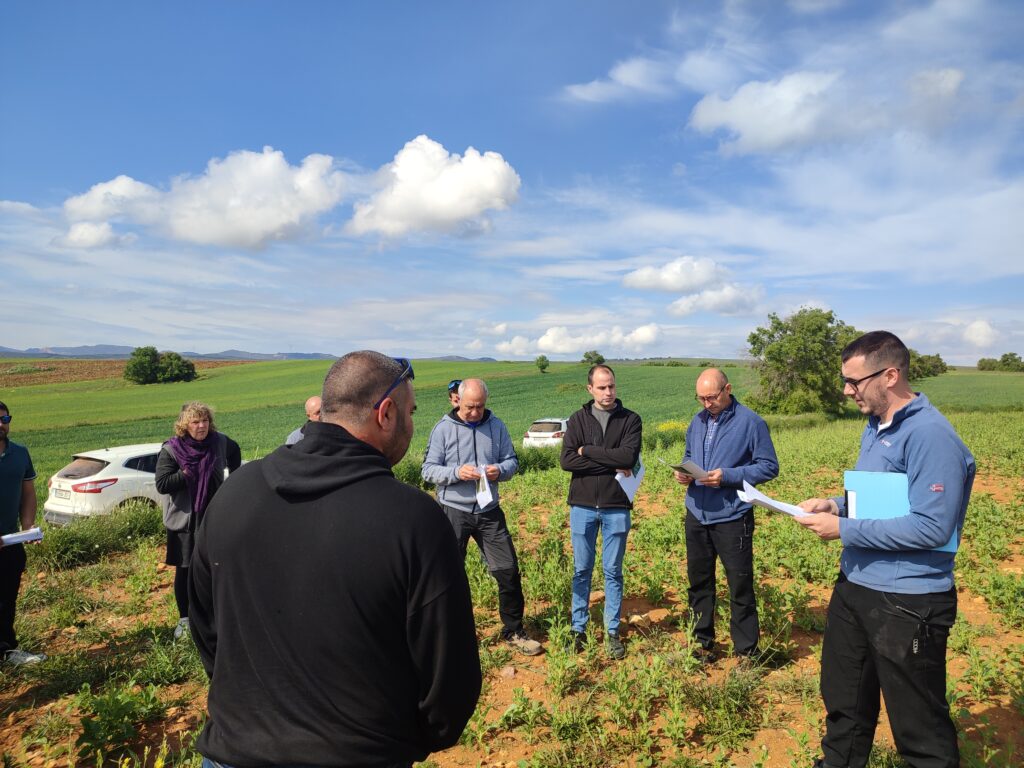
Plot preparation included a mouldboard pass and two cultivator passes in September. Glyphosate was applied before sowing on both dates, and an herbicide was used on the second sowing only.
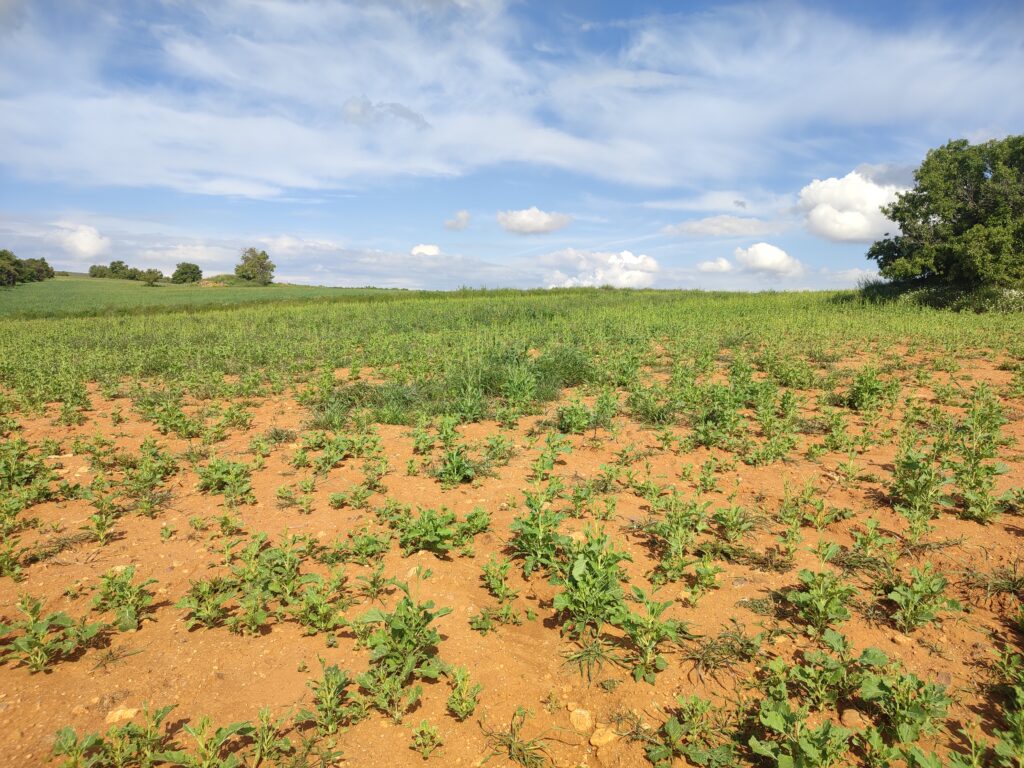
By the time of the field day, flowering in the first sowing had started on March 25 and lasted nearly a month. While a recent storm had caused most petals to fall, the plants had branched well and produced many filled pods. In contrast, the second sowing showed limited development. Plants were short (no more than 20 cm tall), had only begun forming flower buds, and were unlikely to reach full maturity.
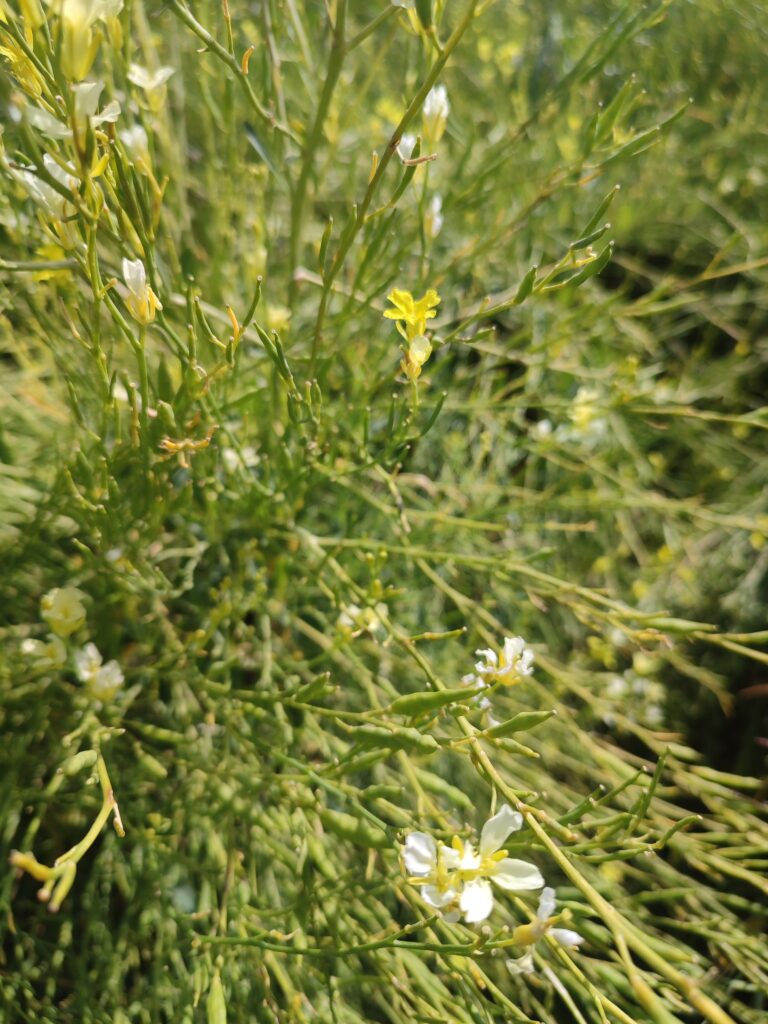
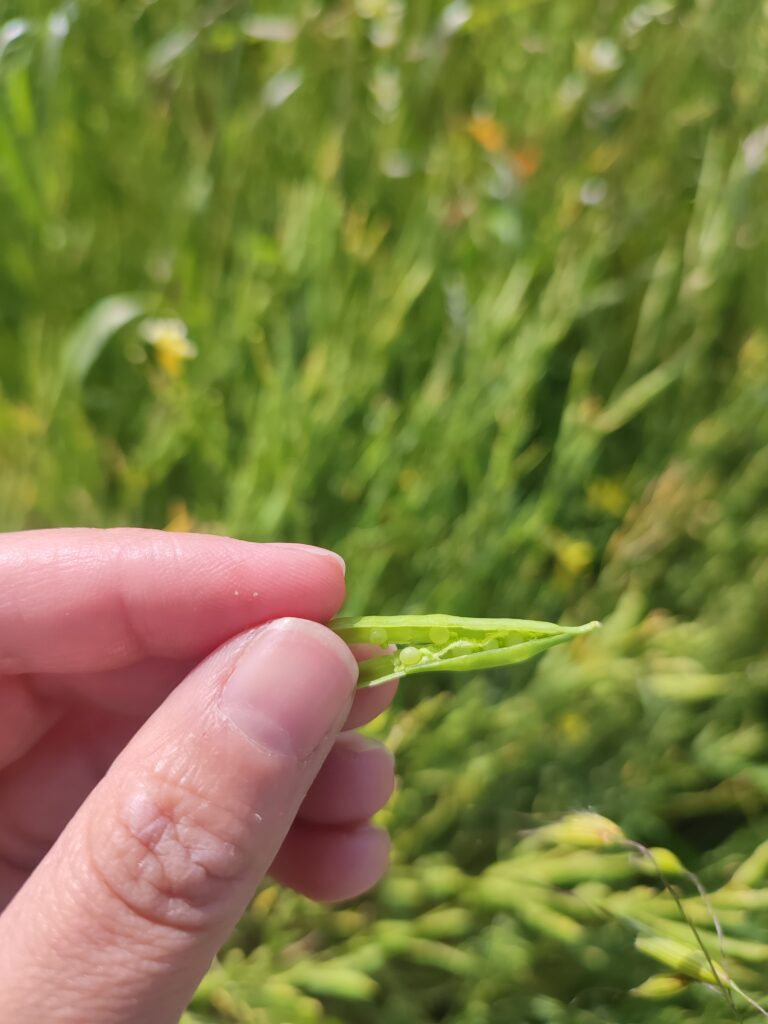
Despite favourable weather this year, with higher and better distributed rainfall than usual, the trial results reinforced that February sowings are too late for this crop in this region. Based on field observations and previous seasons’ experiences, farmers proposed testing a mid-November sowing next season. This reflects their belief that while the first sowing date trial looked good, it may have been slightly too early. All participants agreed that a February sowing is not viable due to insufficient time for proper crop development.
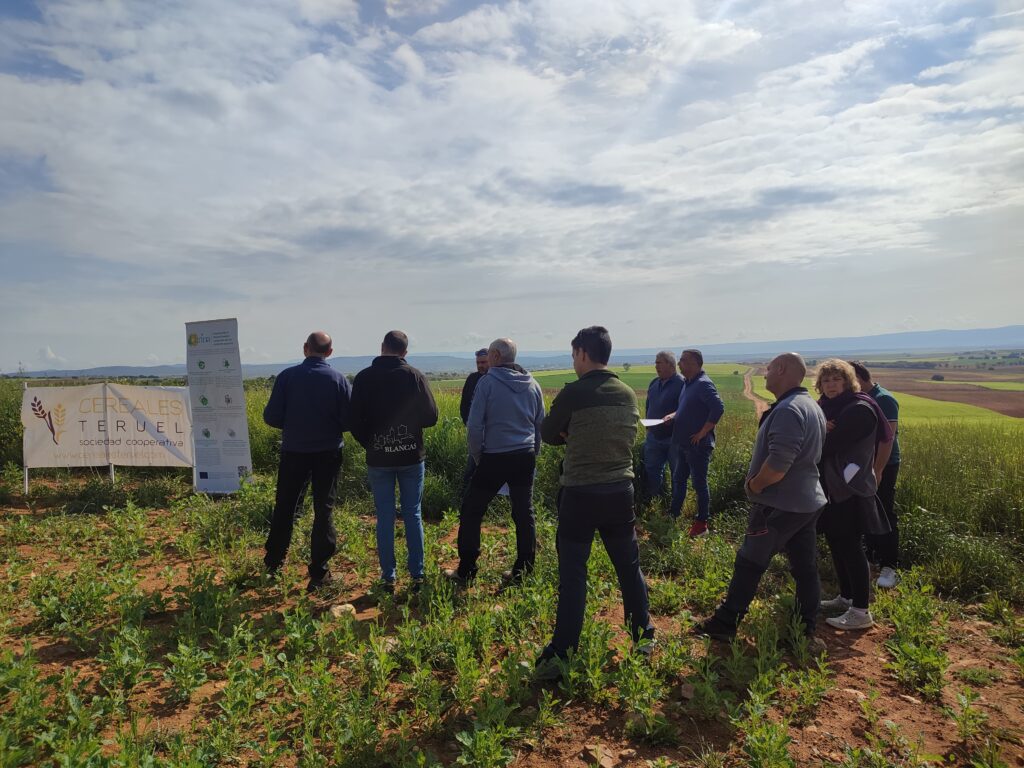
The event served as a valuable opportunity for the twelve attending members of the Cereales Teruel cooperative to observe trial outcomes, share impressions, and discuss practical next steps for refining sowing schedules in future seasons.
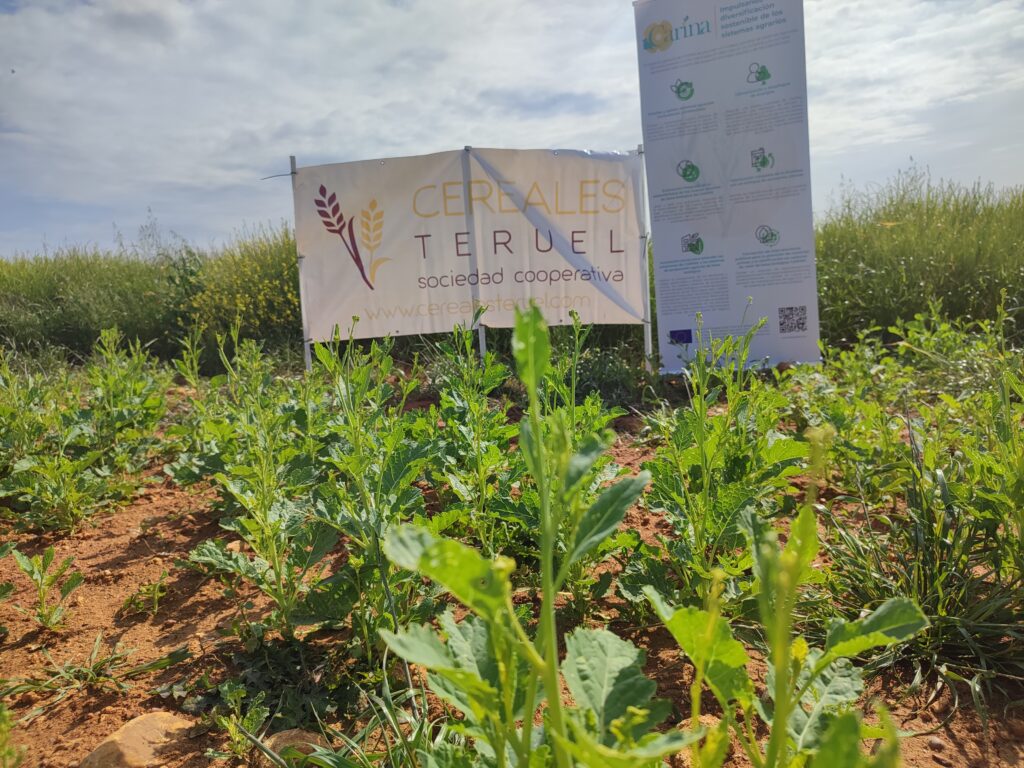
SUBSCRIBE TO A NEWSLETTER
Funded by the European Union. Views and opinions expressed are however those of the author(s) only and do not necessarily reflect those of the European Union or the European Research Executive Agency. Neither the European Union nor the granting authority can be held responsible for them.